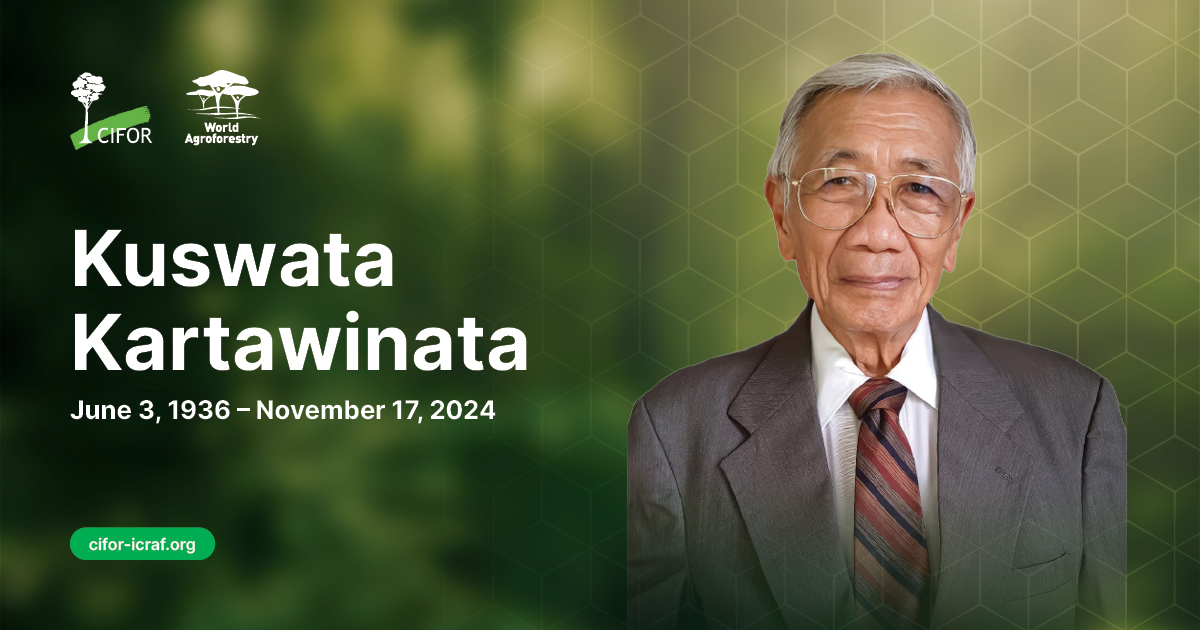Taxonomic studies of saprobic ascomycetes in Thailand and China revealed two new taxa belonging to the family Bambusicolaceae. Bambusicola fusispora sp. nov. isolated from dead branches of Gigantochloa albociliata in Thailand and Palmiascoma qujingense sp. nov. isolated from dead twigs of Fagaceae sp. in Yunnan, China, are described and illustrated in this study. Maximum parsimony, maximum likelihood, and Bayesian inference analyses of a concatenated LSU–SSU–ITS–RPB2 sequence matrix support their phylogenetic placement within the Bambusicolaceae. Bambusicola fusispora fits in well within the generic concept of Bambusicola and shares close phylogenetic affinities with B. sichuanensis. Palmiascoma qujingense is introduced as the second species in the genus Palmiascoma and is sister to P. gregariascomum, the generic type. Palmiascoma qujingense exhibits a similar morphology to P. gregariascomum, but differs in having larger ascomata, wider ascospores as well as occurs on different hosts. An updated phylogeny of taxa within Bambusicolaceae is provided and discussed for better resolution of species delineation.
DOI:
https://doi.org/10.1007/s11557-021-01694-9
Altmetric score:
Dimensions Citation Count:
























